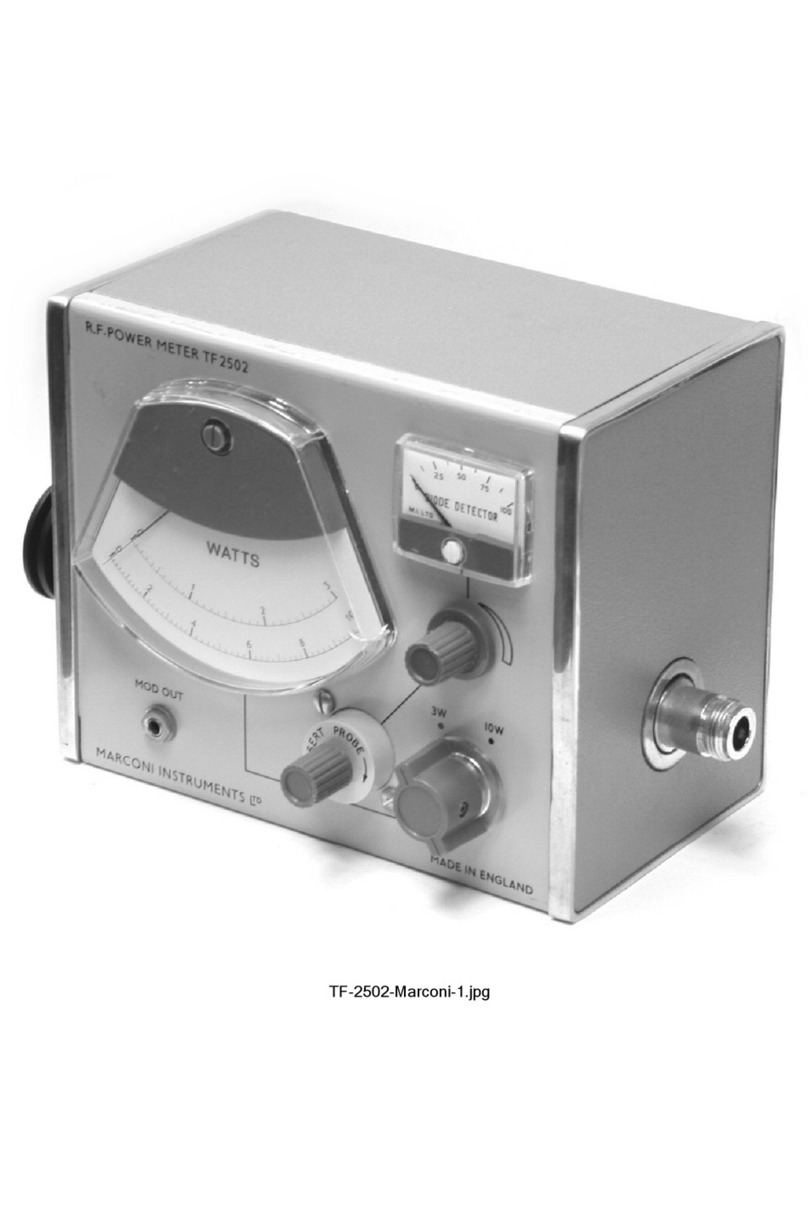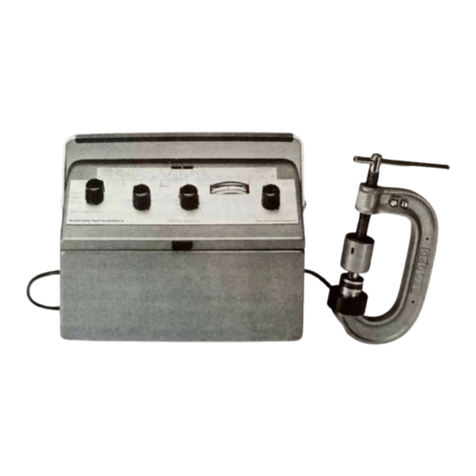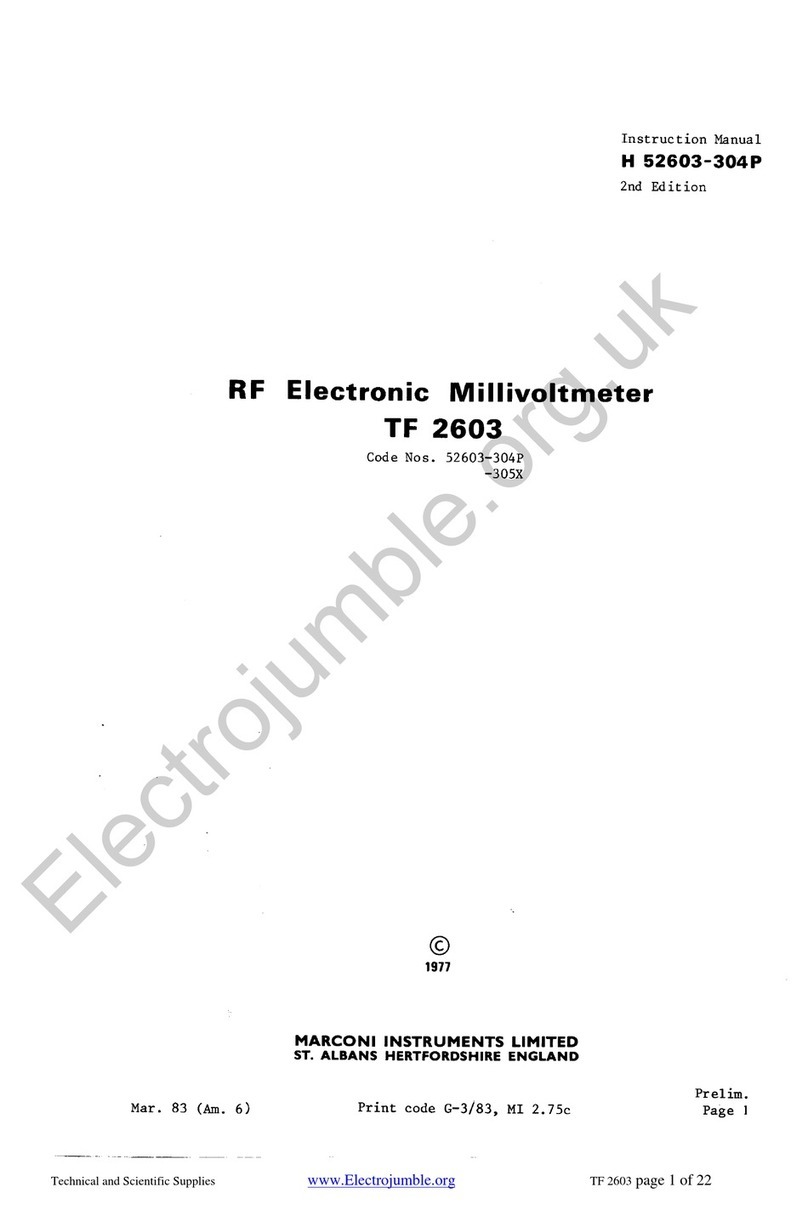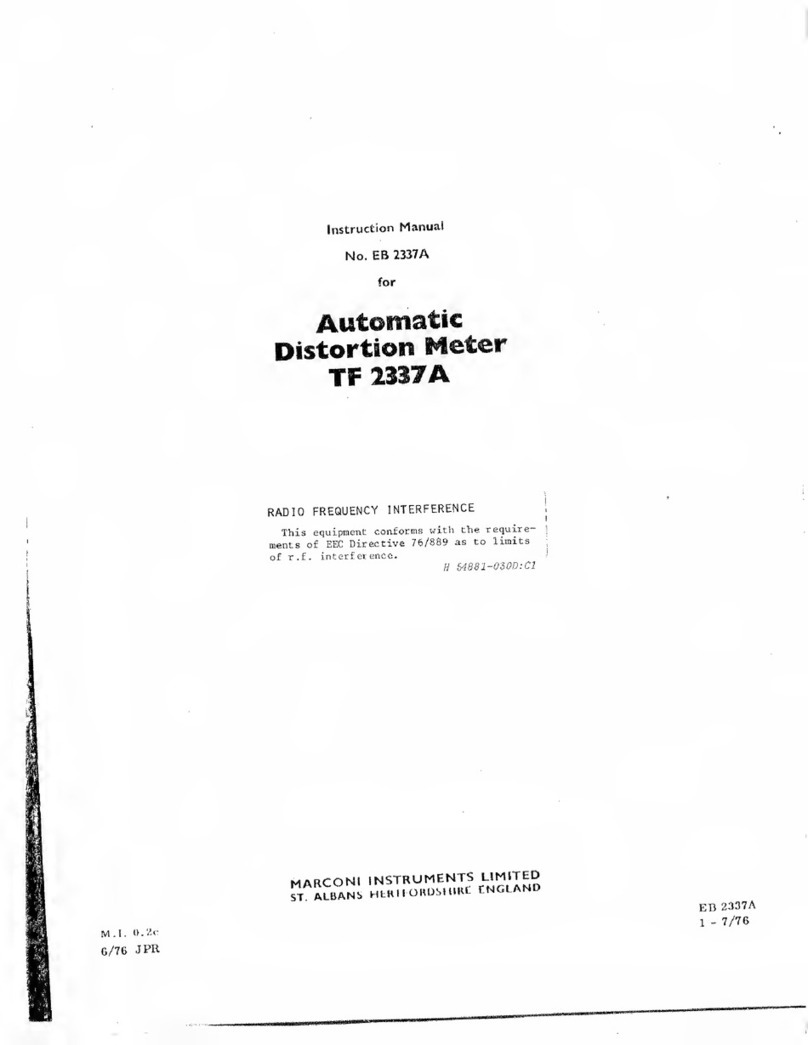
H
52005-301D
Residual
loss
Unbalanced:
Less
than
0.01
dB
at
d.c.
Balanced
:
Varies
with
frequency
and
impedance
as
follows
""
.:~111111111111111111111111!111111111
!IIIII
k::
20
50
100
200 500
lk
2k
5k
10k
20k
"''"'•
FREQUENCY
"z
Attenuation
accuracy
20
Hz
to
20 kHz : ±1%
of
dB
setting
±0.
2
dB;
at
d.
c.
: ±1%
of
dB
setting
±0. 01
dB;
20
Hz
to
550
kHz
: ±2% of dB
setting
±0.
2
dB.
Input
impedance
(W
it
h
600
~
load.)
600 r,
unbalanced.
Output
impeda.nce
Power
input
Frequency
response
Distortion
When
input
voltmeter
is
switched
in,
varies
with
frequency
and
impedance
as
follows
:-
600---
-
,--,-,-
--:-
l
,00
~..-.~~.-..-~
---
....
~-
~~::::t=t=tt1m~~~~t=t=t==jl
:"-.:
......
~TTEN
I?
SOOt-------·--
-1-
- - · - -
......
~
>IOd&
--
-
--
-- ·
--
-
~0+--------
__
-t-
-t-
-t-t-+++1+---+--+-+-+1'
Od8
---
--
---
520
- - - - - - - - - - - -
-+---+---'-_J_+-'-...J...I..I..l---+-L-L+...L.l.""---1
0
IOk
20k 50k
lOOk
200k
500k
lM
~REOUEHCY
Hl
(With
input
voltmeter
switched
out,
the
lmear
part
rises
to
600ft.)
(With 600 Q
source
. )
Balanced
: 600
0,
150
Q
and
75
r,
via
transformer.
Unbalanced
: 600
0.
When
input
voltmeter
is
switched
in,
varies
with
frequency
and
attenuation
as
follows
:-
600--
---------
--
-
-..I..
..........
' I
"-
'"
~TTEN.
>10d8
ATTEN.
"\
OdB
I I
5ZO
-------------·
I I
0
10~
20k 50k
lOOk
200k
500k
IM
FR£QUEPICY
Nz
(With
input
voltmeter
switched
out,
both
linear
parts
are
at
600
Q.)
1 W (25 V
maximum),
continuous
a.
c.
or
d.
c.
Output
is
flat
within
±0
.2
dB
from
20Hz
to
20kHz,
and
within
±1
dB
from
20
Hz
to
550 kHz
at
any
attenuator
setting,
with
input
voltmeter
re
ad
ing
held
constant.
At
balanced
output
with
matched
load
with
+15
dBm
(31.6
roW)
pure
input,
output
distortion
factor
does
not
exceed
0. 1%
from
50 Hz
to
20 kHz
and
0.
3%
from
30
Hz
to
50
kHz.
6.
Input
voltmeter
(part
of
TF
2160/1)
Ranges
Accuracy
7.
Power
requirements
AC
supply
Nov,
79
1.
5, 5,
15
and
25
V
full-scale
; a
lso
marked
- 6
dBm
to
+30
dBm.
±5%
of
full-scale
from
20Hz
to
550kHz.
45
Hz
to
500
Hz
: 95 V
to
130
V
or
190
V
to
260
V.
500H
z
to
1000Hz
: 105 V
to
130
V
or
210
V
to
260
V.
C
hap.
1
Page
3
































